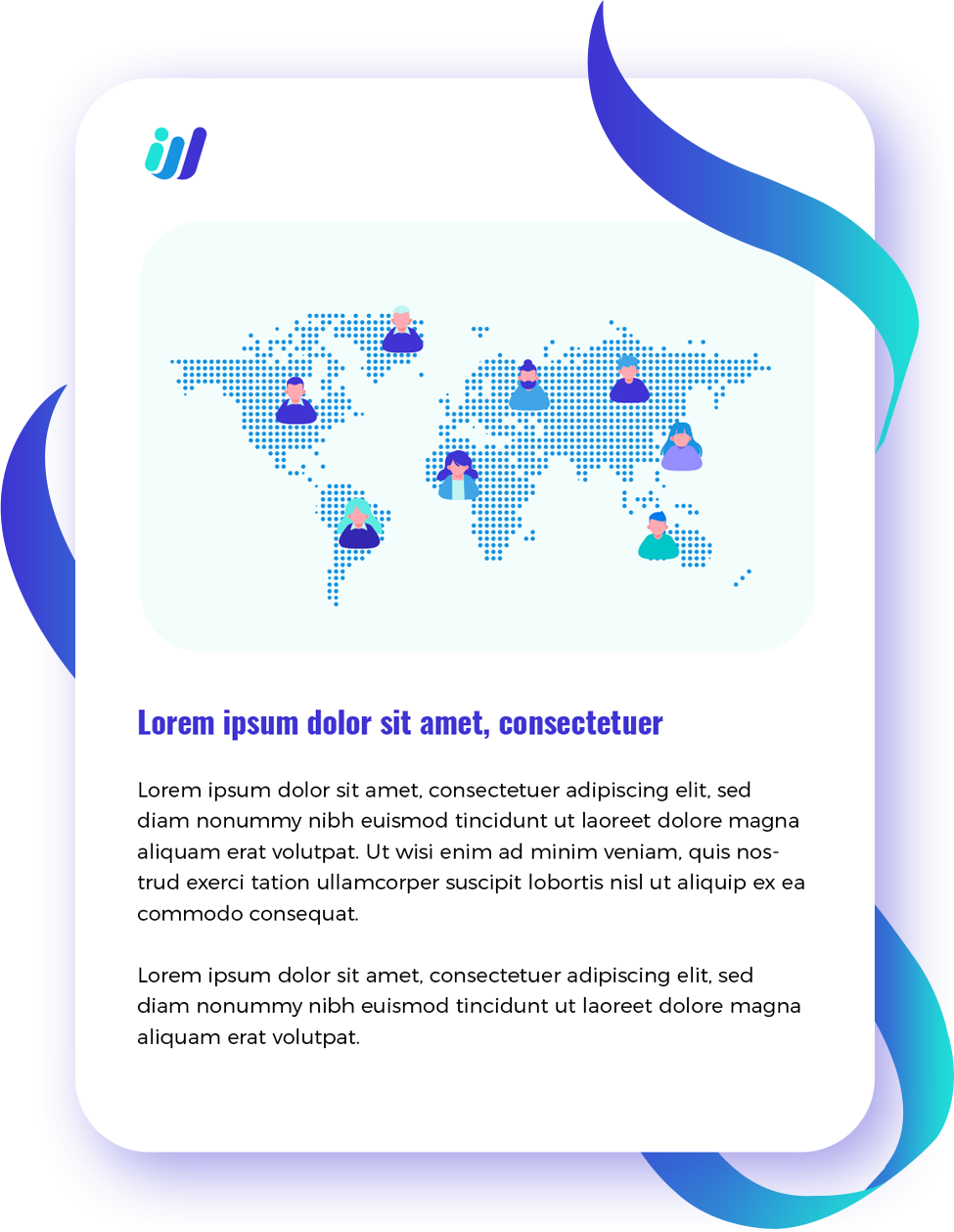Both outsourcing and crowdsourcing are familiar terms in the business world. These two methodologies have evolved into indispensable tools for managing vast amounts of data and document-centric chores. Understanding the distinctions between them and selecting the correct model for your individual needs can be essential decisions.
Despite their frequent interchangeability, each refers to a unique method of entrusting work to individuals or organizations outside of the original company. In this post, we’ll compare outsourcing with crowdsourcing to help you decide which business strategy is best for your organization.
What is Outsourcing?
In outsourcing, a corporation contracts with an outside entity or worker to carry out an organization’s in-house operations. A company can outsource everything from a single function, like data entry or customer service, to a complete division, like information technology or human resources.
The basic goal of outsourcing is to cut down on overhead while increasing productivity. Many businesses, from software developers to government agencies to non-profit organizations, have opted for it. To maximize resource usage and concentrate on key business goals, many companies turn to the practice of outsourcing, which is contracting out certain duties and services to third-party providers, who may be in a foreign country.
What is Crowdsourcing?
In contrast, crowdsourcing is a relatively new concept that involves delegating work to many individuals, typically via the Internet and social media. The origin of the jobs and the character of the contributors are the two main differentiating factors between crowdsourcing and outsourcing.
Tasks in crowdsourcing can come from anywhere, and anyone can take part, regardless of their area of expertise. The informality of this method is one of its defining features, and it can incorporate both paid and unpaid participants. Crowdsourcing has flourished in the digital age because people and companies can reach out to more people through the internet and social media.
Outsourcing vs. Crowdsourcing
Let’s compare some key features of outsourcing and crowdsourcing to see where they diverge:
1. Goals
Outsourcing: The major motivation behind outsourcing is the pursuit of monetary savings without a concomitant drop in product quality. Working with external suppliers who have expertise in the area and can produce quality solutions is a widespread practice.
Crowdsourcing: The idea behind crowdsourcing is to use a large population’s knowledge and insight. Because contributors aren’t limited to any one demographic, businesses have access to a plethora of fresh perspectives and ideas.
2. Niche
Outsourcing: When it comes to service providers, outsourcing can span the globe. The decision of where to outsource depends on several factors, including the accessibility of labor, advanced infrastructure, and specialized knowledge in the target industry.
Crowdsourcing: When compared to outsourcing, crowdsourcing is less structured and does not entail contracting individual service providers. Contributions come from a broad range of people who are eager to work together on a variety of projects.
3. Quality
Outsourcing: Companies that outsource their work typically enter service level agreements (SLAs) with their contracted service providers, which stipulate the standards to which the service provider must adhere in terms of the quality of the work they offer.
Crowdsourcing: Crowdsourcing may have many contributors, but it lacks a system for holding anyone accountable for their work. However, similar to freelancing, higher pay can entice higher-quality work.
4. Community
Outsourcing: Small businesses and multinational conglomerates can use outsourcing to boost revenues and cut costs by using external services.
Crowdsourcing: Crowdsourcing encourages group work amongst a large group of people through various online mediums. It’s a fantastic way to foster creativity and innovative ideas among in-house staff.
Recognizing the Difference
Crowdsourcing is like outsourcing because it employs many people to complete a task, but it has its own unique goals, functions within its own community or organization, and supplies variable quality levels. Understanding the distinctions between the two models is essential, since both present substantial opportunities for firms to solve operational needs, such as a lack of staff, access to innovative technologies, or specialized ability.
Companies have successfully adapted their strategies by combining the two business models. You can now choose the outsourcing or crowdsourcing model that is most suitable for your business needs, using the knowledge you have gained.
In conclusion, it is important to consider your needs, goals, and the nature of the project while deciding between outsourcing and crowdsourcing. The success of any model relies on open lines of communication, well-defined expectations, and an appreciation of its advantages and disadvantages.
If you are unsure whether outsourcing or crowdsourcing is better for you, we got you.
Let us help you find top talents in IT, technical support, digital marketing, and cloud services so you can leverage all the benefits of outsourcing in the new normal. Request a FREE copy of the e-book on Third Wave Outsourcing.



